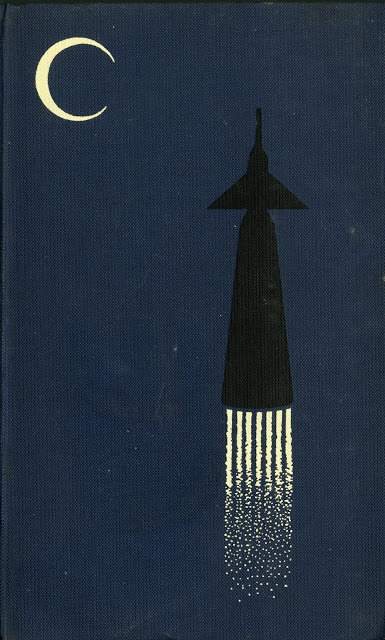Figuring Out Our Logo Color Palette. Going For Representations Of Earth, Mars, The Moon, And Venus (plus

Figuring out our logo color palette. Going for representations of Earth, Mars, the moon, and Venus (plus a rocket). Thoughts?
More Posts from Paratus-simulator and Others








This SR-71 Blackbird cockpit got more flight time than all of the other Blackbird aircraft put together, and every single SR pilot, at one point or another, had their hands on these stick and throttles. This is the one and only SR-71 simulator, used for crew selection and training, on display at the Frontiers of Flight Museum in Dallas, Texas.
Even though this is a simulator, this is truly a Blackbird cockpit. Every component is the same, and the only visual difference are the windows are not transparent. At one point, the Air Force considered installing a virtual reality display system in the windows, but it was decided that the Blackbird simulator did not need a visual reference to the world surrounding them, because in this bird, you were more of a systems operator than a pilot.
This simulator, operating from 1965 to 1999, was just as top secret as any of the Blackbird aircraft, for obvious reasons. Every Blackbird pilot went through a selection process, and a year of training. During the selection process, applicants spent 30 hours in the simulator. If you were lucky enough to be selected as a pilot, you spent 100 hours in the sim before you would even touch one of the two-seat SR-71B or SR-71C trainer aircraft. This training process was longer and more intensive than any aircraft in the world, excluding the space shuttle. This was because each Blackbird was truly a national asset, and there were so few of them.
Nearly every Blackbird pilot author, at one point or another, has mentioned this simulator in their book. They recount tales of sweating bullets during the selection process, spending hours in the sim at a time, learning hard lessons. They also tell about how good the sim was, and how once they finally flew an actual Blackbird, they felt right at home.
The Frontiers of Flight Museum was gracious enough to let Project Habu inside the cockpit to photograph up close, which is typically not open to the public. It was truly surreal to sit in this cockpit and touch the controls, knowing every one of the pilots whom I admire so much, started right here. You can view the outside of the simulator in a previous post (click here to view).

Mercury passing the sun May 9th 2016
On Monday, May 9, the planet Mercury wandered directly in front of the sun, a rare “transit” that only happens about 12 times a century.
Awesome!
ISSUE №95 - unidentified flying objects with unique characteristics

Oh my! Can’t wait to tell you the good news about our Hello, Neighbor! game.
First of all we’ve moved from the prototype stage, with a non-structured and quickly coded project base, to a well-organized and structured architecture. For that reason we’ve refactored some of our C++ core game code and carefully moved all of the previously created game resources to the new multi-platform structure. I can call it routine, but it is needed for future work with that zoo - Windows, Linux, MacOS.
Neighbor is gonna have to meet and study old familiar stuff again – bed and sleeping, kitchen tools, shower, TV, steel trap, flying tomatoes, etc.

And he learned new things! Neighbor can call the phone, fool around on the elevator, and is now extremely capable with bananas, as well as a host of other things.

You can ask, why the hell does he need the elevator? Because his house has become a little bigger from the prototype stage. Did you see the concept art for Neighbor’s mansion? Here it is:

And now we bring it to the game.

We would like to keep some aces up our sleeves and keep the house interior secret, but yes, we are going to show some new pictures. Of course you remember, don’t show anyone this top secret stuff!

During the refactoring period we caught some funny bugs. It’s nice but you won’t see them in the final release - unless, of course, they transform into a feature. Mua-ha-ha!
LINK 1 [[[ GIF ]]]
LINK 2 [[[ GIF ]]]
Lawn? Where we’re going, we don’t need lawn!

Okay, that’s all for today. And finally here is a little riddle for you guys - what have a shark, a school teacher and an elevator got in common?
Think about it. I’ll give you an explanation next time.
-
 enjoythewolfs liked this · 6 years ago
enjoythewolfs liked this · 6 years ago -
 spooksy-jester liked this · 8 years ago
spooksy-jester liked this · 8 years ago -
 rebecca-lotto liked this · 8 years ago
rebecca-lotto liked this · 8 years ago -
 paratus-simulator reblogged this · 8 years ago
paratus-simulator reblogged this · 8 years ago















